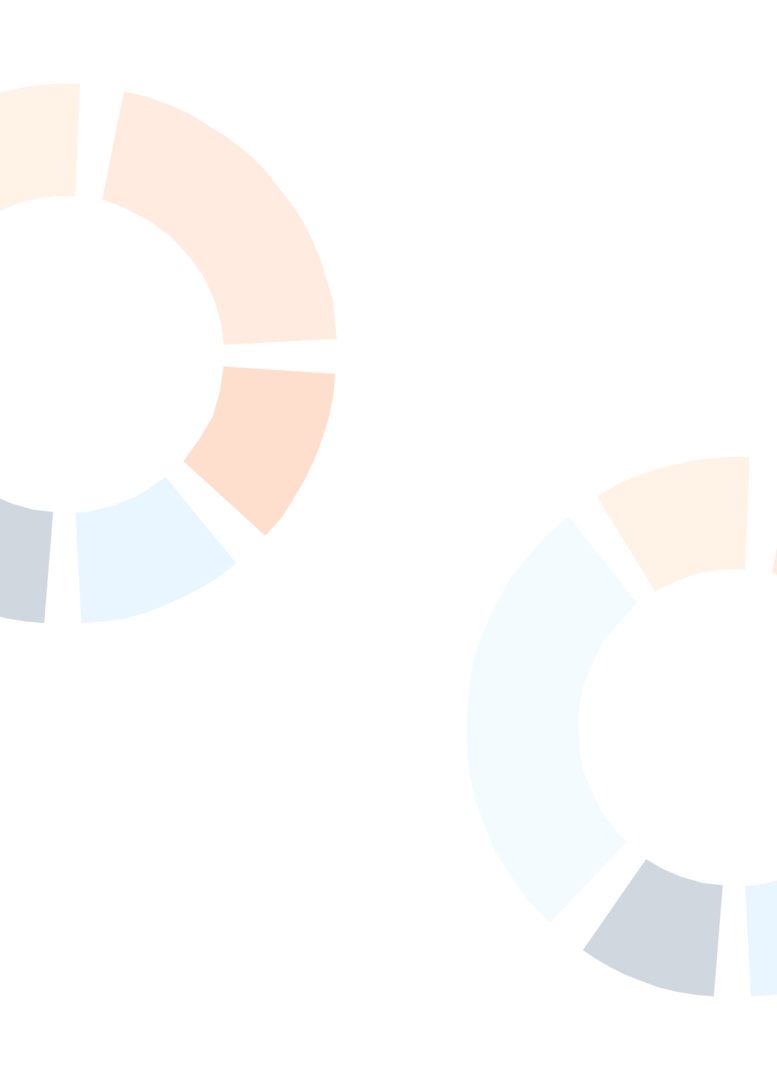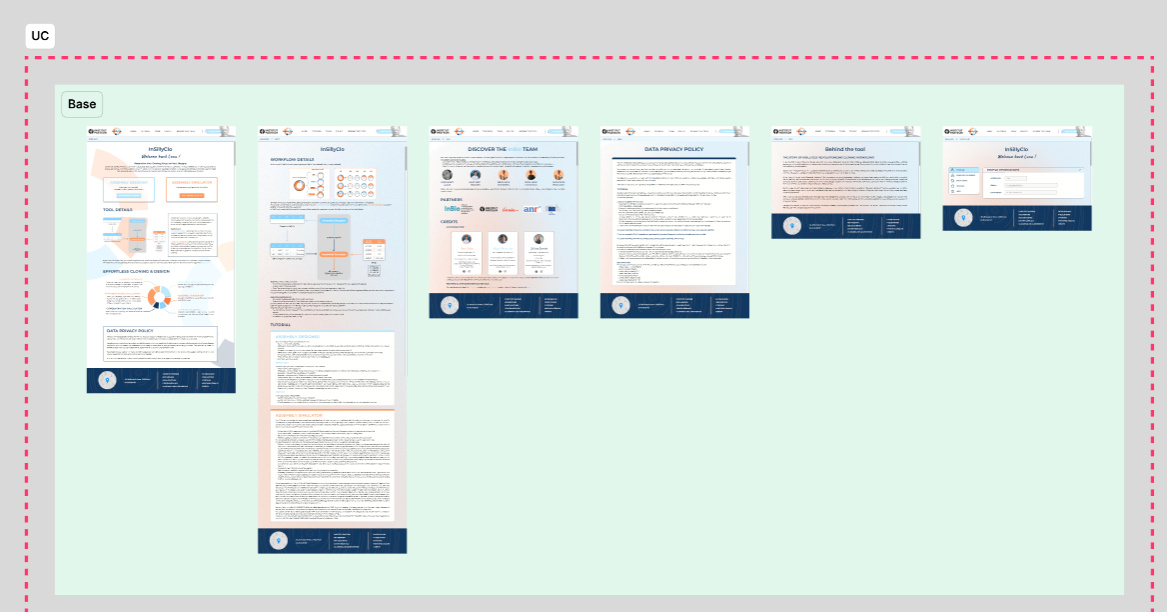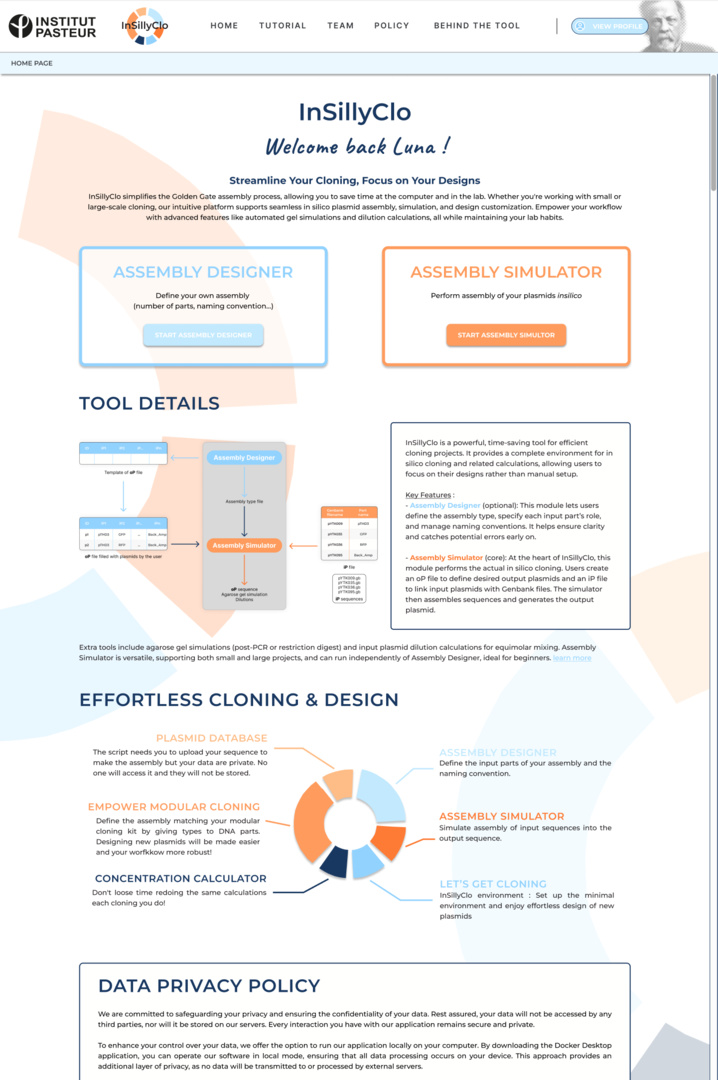Behind the tool
The Story of InSillyClo
Hi!
I am Henri, a PhD student tired of redoing the same repetitive tasks at each cloning campaign: generating plasmid maps, calculating dilutions and master mixes, checking the expected size of bands on gel after cPCR, and reporting. Even if I wasn't doing everything with pencil and paper, my software tools weren't optimal for managing the size and the pace of my cloning campaigns.
So I set about creating scripts in python language to automate these tasks, and make them streamlined. A beta-version of the tool was used in my lab for a few months. However, the tool was not user-friendly, making it hard to share to the community. I contacted the Bioinformatics and Biostatistics Hub of the Institut Pasteur, and we teamed up with Juliette, Bryan and Julien to develop this web application.
We kept along the way the same philosophy: make a user-friendly tool tailored for what it does (ie assisting large-scale campaign). Golden Gate Cloning and MoClo are used worldwide and workflows are very similar in every lab, hence we focused on providing a combination of features tailored for these workflows.
Designing an Experience that Fits the User
To ensure that InSillyClo efficiency, it was important to make it intuitive and pleasant to use so particular attention was paid to the user experience (UX). This process followed a rigorous methodology, focused on the needs and expectations of end-users, to ensure that every interaction with the tool would be fluid and functional.
Creating Personas: Understanding Our Users
We began by delving into the daily lives of our users. Through interviews and observations, we created personas - fictional portraits based on real-life profiles of biology researchers, biotech engineers and science students. Each persona embodied a type of user with specific needs, frustrations and goals. These personas guided all decisions, ensuring that each feature met concrete expectations.
Working on Navigation: A clear, logical structure
One of the keys to a good tool is intuitive navigation. We therefore redesigned the overall structure of the application to reflect users' actual processes. Clear workflows, simplified menus and progressive information organization were implemented to reduce the learning curve and maximize efficiency.
Zoning: Laying the visual foundations
Even before adding colors or details, we worked on zoning. This stage involved defining the location and hierarchy of elements on each screen. We tested several layouts to ensure that essential information was easily accessible and that the interface remained balanced, without cognitive overload.
Color and Typography: Bringing the Interface to Life
Once the structure had been validated, we turned our attention to aesthetics. The color palette was carefully chosen to combine modernity and legibility, while avoiding visual fatigue during prolonged use. At the same time, the typography was optimized to ensure fluid reading, with professional font choices and sizes adapted to different contexts of use.




Creating Models: From Idea to Reality
Finally, all this research and testing converged on the creation of the mock-ups. These mock-ups, faithful to the validated concepts, made it possible to visualize the tool as it would be used on a daily basis. They were designed to be both functional and aesthetic, aligning ergonomics with InSillyClo's visual identity.


Technical implementation details
The application based on a command line tool that produce the templates, compute the assembly simulation, the dilution, produce expected digestion and PCR. This tool is used by the website to propose you the same feature without having to install it, nor use the command line interface.
The Website
The application was developed using the Django framework (Python), the frontend uses the css framework Bootstrap 5. The application is shipped in a Docker image that can be used on end-user computer. This image is also deployed on Kubernetes cluster of Institut Pasteur. Thanks to continuous integration and continuous delivery (CI/CD), the application is automatically rebuilt and re-deployed at each modification pushed on the source code repository.
The command line tool
The tool is developed in python, follow the instruction on the source code repository to install and use it.




